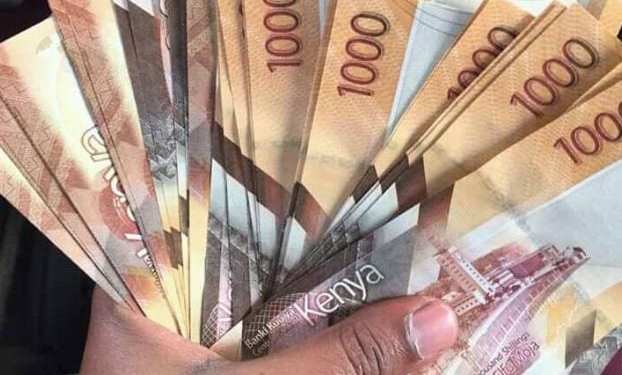Inflation rates are likely to rise in the short term as the Kenyan shilling continues to weaken against the US dollar. Kenya has remained a net importer with an increasing trade deficit, which stood at Kshs1.62 trillion as per the Economic Survey of 2023. Kenya’s import bill increased by 17.5% to Kshs2.5 trillion against Kshs873.1 billion in export earnings.
As of July 12, 2023, the Central Bank of Kenya quoted the Kenyan shilling to be trading at a rate of Kshs141.20 against a unit of the dollar. On a year-to-date basis, the shilling has depreciated at a rate of more than 12.0% of its value from the Kshs124.49 it traded at the beginning of the year.
The shilling crossed over to trade at Kshs 140.00 in June. Projections by analysts are that the shilling could hit the Kshs145.00 mark against the dollar by the end of August 2023, mainly on high US Federal Reserve rates. The federal reserve rates are projected to rise later this month (July) as the Central Bank of the US continues to manage high inflation rates.
The weakening Kenyan shilling stipulates that local traders and manufacturers are spending much more to secure dollars to make international payments in trade; the costs are later passed on to consumers through a hike in the cost of goods.
The Kenya Association of Manufacturers said local industries have fewer options but pass the extra costs on to retailers, who would also pass them on to consumers.


















